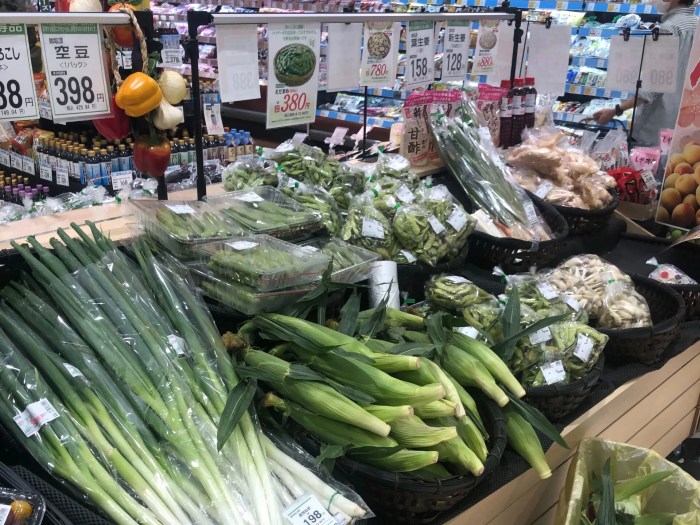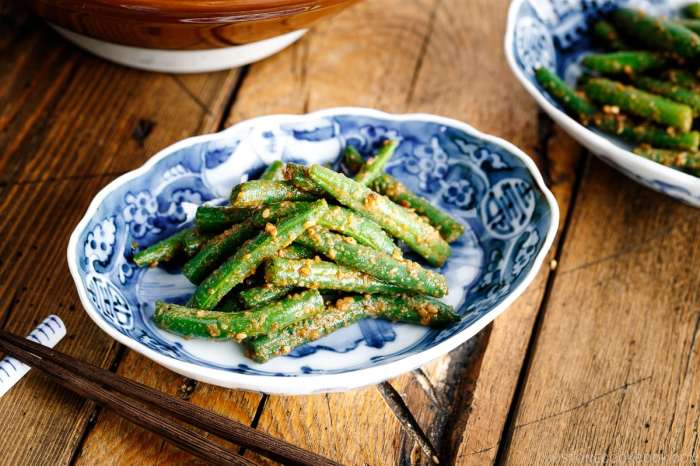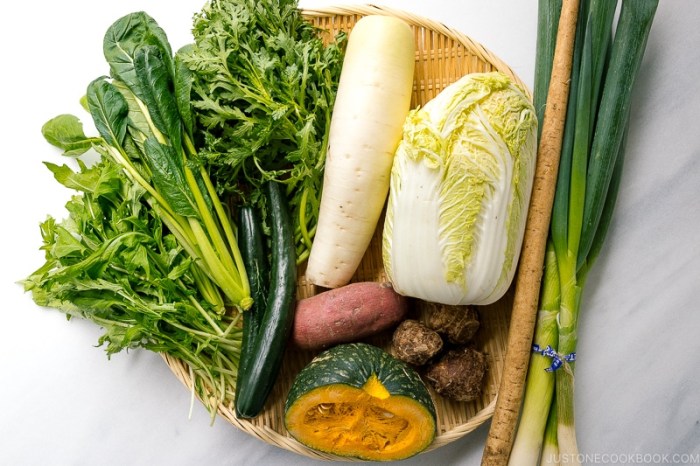Vegetables are a crucial component of a healthy diet, providing essential nutrients and fiber that are important for overall well-being. Japanese cuisine is known for its emphasis on fresh, seasonal ingredients and simple yet flavorful cooking techniques. In this article, we will explore how to cook vegetables Japanese style, highlighting tips, techniques, and recipes to help you incorporate more plant-based dishes into your culinary repertoire.
Tips for Cooking Vegetables Japanese Style
1. Choose fresh, seasonal vegetables: In Japanese cuisine, the emphasis is on using fresh, seasonal produce to highlight the natural flavors of the ingredients. Visit your local farmers market or grocery store to find the best quality vegetables for your dishes.
2. Wash and prepare vegetables properly: Before cooking, make sure to wash and prepare your vegetables properly. Remove any dirt or debris, trim off any stems or ends, and cut the vegetables into uniform pieces for even cooking.
3. Use umami-rich ingredients: Umami is the fifth basic taste, known for its savory and rich flavor profile. In Japanese cooking, ingredients like soy sauce, miso, and dashi are used to enhance the umami taste of vegetables.
Hey there! Have you ever tried cooking Manila clams Pinoy style? If not, you’re missing out on a delicious treat! Check out this amazing recipe for how to cook Manila clams Pinoy style and impress your friends and family with your culinary skills. You’ll love the flavors and aromas that this dish brings to the table!
What Do You Mean by Cooking Vegetables Japanese Style?
Cooking vegetables Japanese style involves using simple and delicate cooking techniques to bring out the natural flavors of the ingredients. This often includes methods like steaming, simmering, and stir-frying, as well as incorporating umami-rich ingredients to enhance the overall taste of the dish.
What Is Known About Japanese Vegetable Cooking Techniques?
Japanese vegetable cooking techniques are focused on preserving the texture, color, and flavor of the vegetables. Steaming is a common method used to cook vegetables, as it helps retain the nutrients and natural sweetness of the ingredients. Simmering vegetables in broth or dashi is another popular technique, allowing the flavors to meld together while keeping the vegetables tender yet crisp.
Solution for Cooking Vegetables Japanese Style
To cook vegetables Japanese style, start by selecting fresh, seasonal produce and washing and preparing them properly. Use umami-rich ingredients like soy sauce, miso, and dashi to enhance the flavor of the vegetables. Try steaming, simmering, or stir-frying the vegetables for a simple yet flavorful dish that showcases the natural goodness of the ingredients.
Detail Information on Japanese Vegetable Cooking
Japanese vegetable cooking is all about simplicity and balance. By using fresh, seasonal produce and umami-rich ingredients, you can create delicious and nutritious dishes that are both satisfying and healthy. Experiment with different cooking techniques and flavors to discover new ways to enjoy vegetables Japanese style.
Describe In Depth the Japanese Vegetable Cooking Process

When cooking vegetables Japanese style, it’s important to pay attention to the details. Start by selecting the best quality produce and washing and preparing them properly. Cut the vegetables into uniform pieces for even cooking, and choose cooking methods that will highlight the natural flavors of the ingredients. Use umami-rich ingredients like soy sauce, miso, and dashi to enhance the overall taste of the dish, and don’t be afraid to experiment with different flavor combinations to create unique and delicious vegetable dishes.
Conclusion

In conclusion, cooking vegetables Japanese style is a simple yet flavorful way to enjoy the natural goodness of fresh produce. By following the tips and techniques Artikeld in this article, you can create delicious and nutritious dishes that are both satisfying and healthy. Incorporate more plant-based meals into your diet with Japanese vegetable cooking and experience the vibrant flavors and textures of this culinary tradition.
FAQs: How To Cook Vegetables Japanese Style

1. Are Japanese vegetables healthy to eat?
Yes, Japanese vegetables are known for their high nutritional value and health benefits. They are rich in vitamins, minerals, and antioxidants that are important for overall well-being.
Hey there! Are you craving some delicious seafood? Learn how to cook Manila clams Pinoy style with this easy recipe guide: how to cook Manila clams Pinoy style. Impress your family and friends with this flavorful dish that will surely satisfy your taste buds!
2. What are some traditional Japanese vegetable dishes?
Some traditional Japanese vegetable dishes include nasu dengaku (miso-glazed eggplant), ohitashi (blanched spinach with soy sauce), and kinpira gobo (braised burdock root and carrots).
3. How can I incorporate more Japanese vegetables into my diet?
You can incorporate more Japanese vegetables into your diet by visiting Asian grocery stores or Japanese markets to find unique and fresh produce. Experiment with different cooking techniques and recipes to explore the flavors of Japanese cuisine.
4. What are some common umami-rich ingredients used in Japanese vegetable cooking?
Some common umami-rich ingredients used in Japanese vegetable cooking include soy sauce, miso paste, bonito flakes, and kombu seaweed.
5. How can I make my vegetable dishes more flavorful using Japanese cooking techniques?
You can make your vegetable dishes more flavorful using Japanese cooking techniques by incorporating umami-rich ingredients, such as soy sauce, miso, and dashi. Experiment with different flavor combinations and cooking methods to enhance the taste of your dishes.
